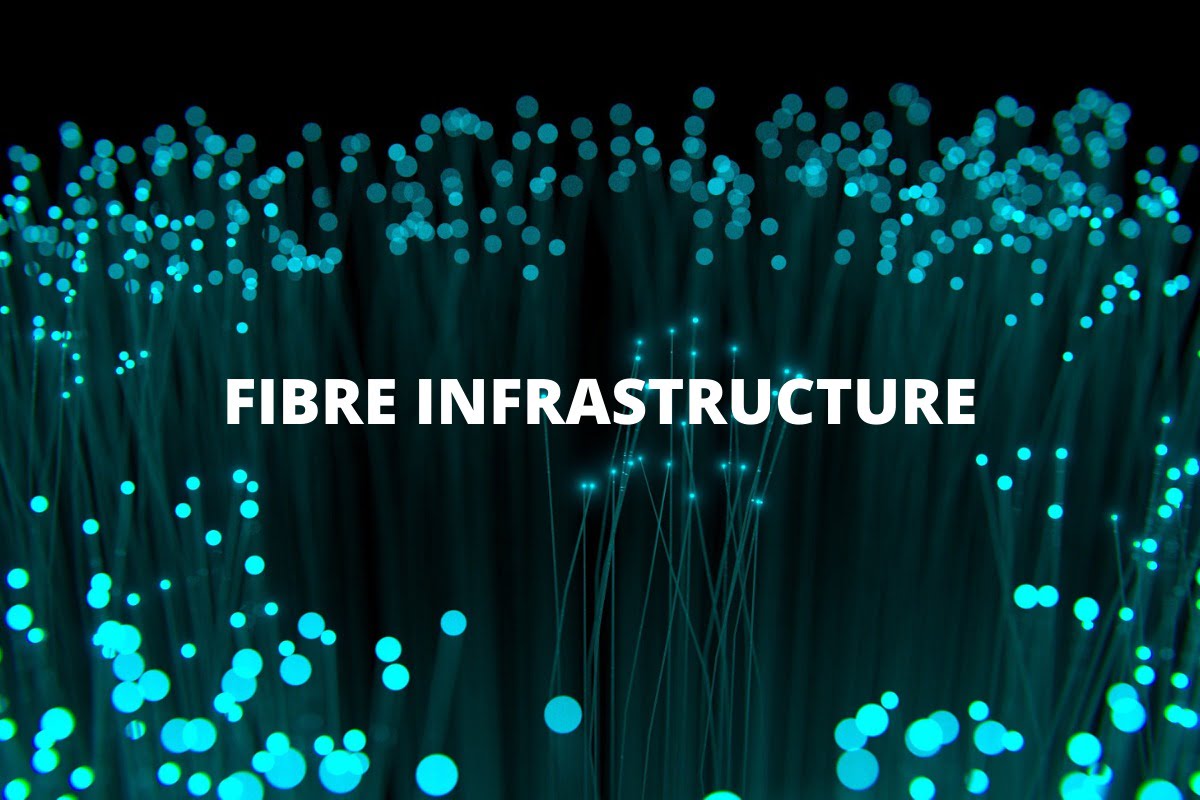
There are different types of fibre optic cables that are available in the market. In case you are not aware, fibre optic cables are network cables with strands of glass fibre inside a casing. The cables are used for providing high-speed data and telecommunications services. Since there are different types of fibre cables, it gets difficult to pick the best one from the lot. One of the best features of all the fibre optic cables is a better and streamlined internet connection as compared to traditional copper wire cables. Some of the commonly used fibre optic cables are FTTP, FTTH and more. Follow the article to the end for detailed information on different types of fibre optic cables.
FTTP/FTTH (Fibre-to-the-premises or fibre-to-the-home)
These are two of the most common fibre optic cables you might have heard. In reality, both fibre optic cables have been designed for individual residences. FTTP and FTTH cables are directed to an individual home or premises by an internet service provider (ISP). One of the best features that users get from these fibre optic cables is higher bandwidth. Since internet service providers offer a single connection and higher bandwidth, the cost of these fibre optic cables is usually expensive in some areas.
FTTC (Fibre-to-the-curb)
Fibre-to-the-curb or FTTC is another commonly used fibre optic cable by network service providers. As evident from the name, the fibre optic cable does not mean the home’s concrete curb. All the grey or green cabinets that are installed by internet service providers are the curbs. Customers get an internet connection via this passive broadband equipment. From the curb, signals are transferred via coaxial cables to the actual residence. Since there are multiple connections installed in a single curb, customers face bandwidth loss at times. However, the blend of fibre optic cable and traditional copper is helpful for internet service providers as they can serve several customers within a specific range.
FTTX
In simple terms, FTXX includes all types of Fibre infrastructure. Whether it's FTTH, FTTC or FTTP. The X in the FTTX is used for a particular place or object, such as a curb or home. Mostly, FTTX is used in the local region between the end-user premises and the edge of the carrier network. The fibre optic infrastructure provides internet connection in home, businesses and other organisations. Since FTTX offers better speed and connectivity, multiple copper-based connections are switched with the new infrastructure.















